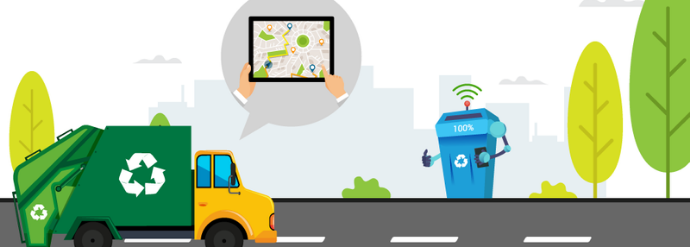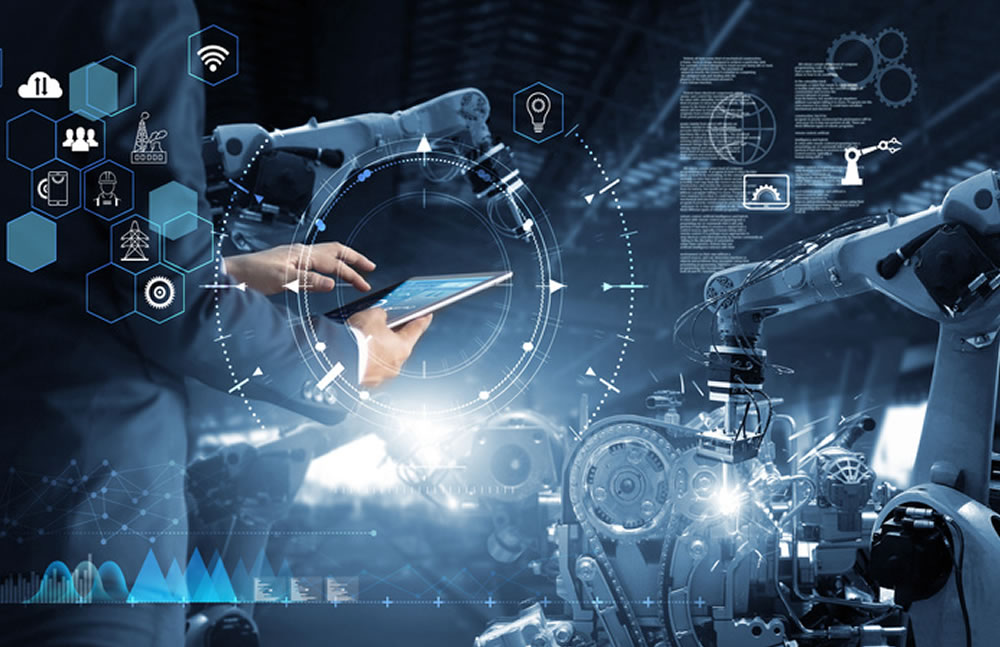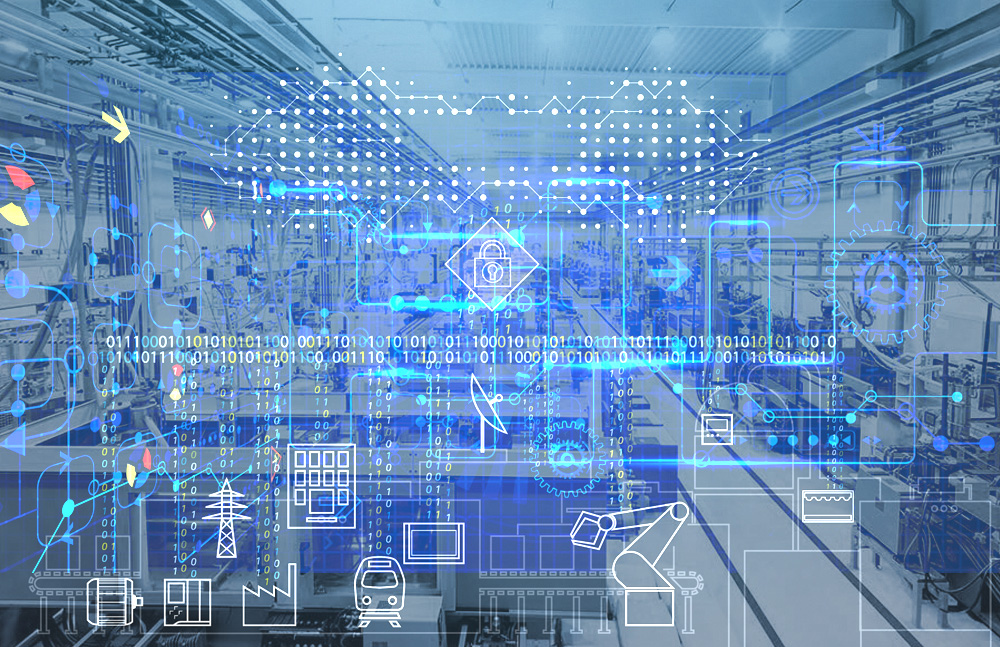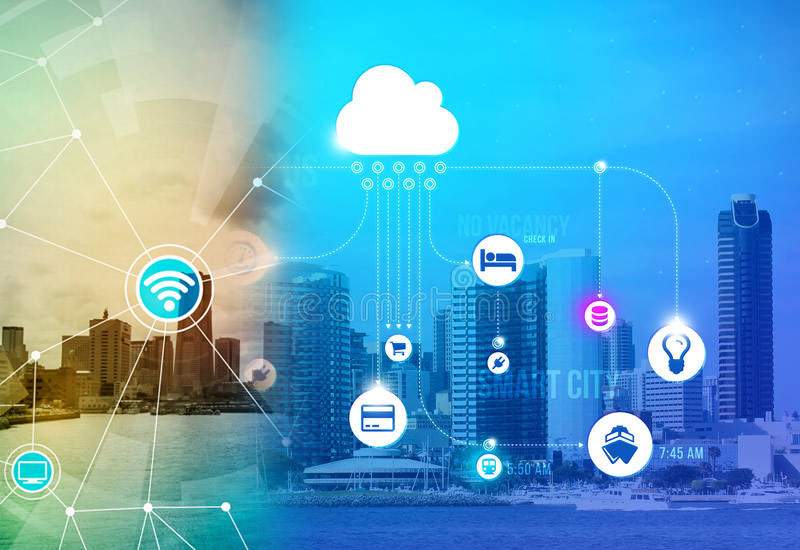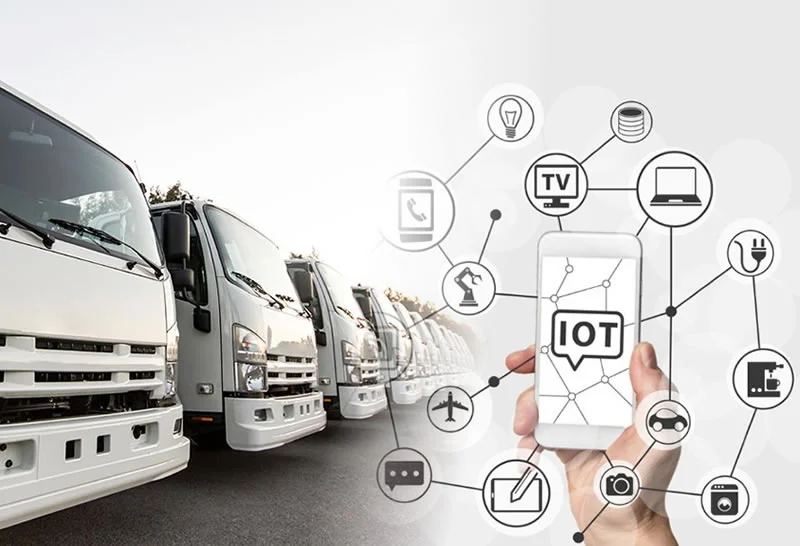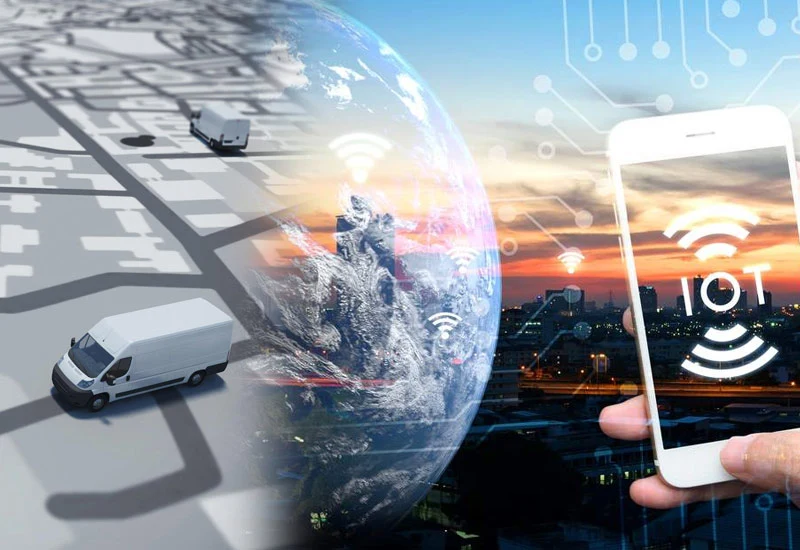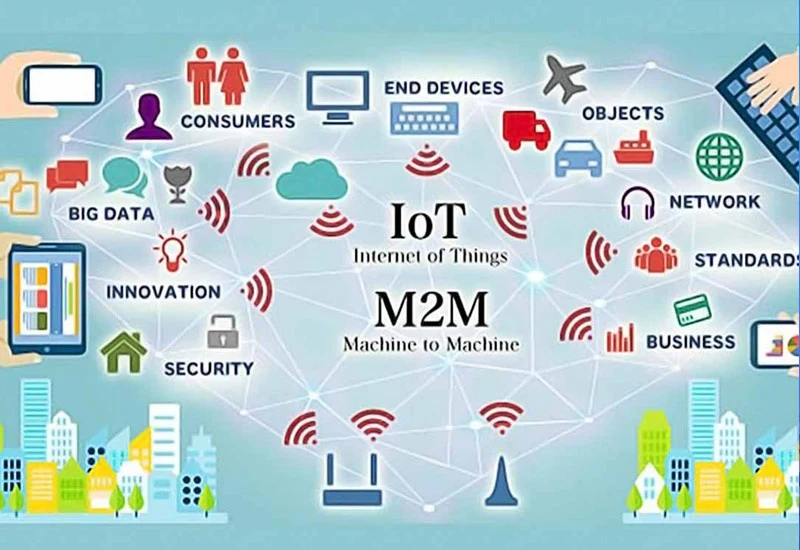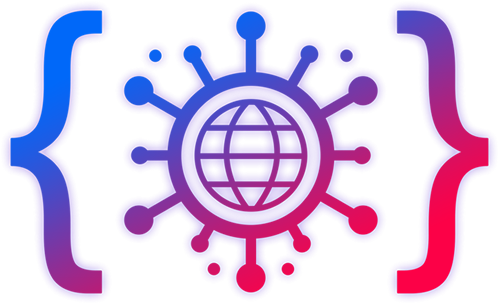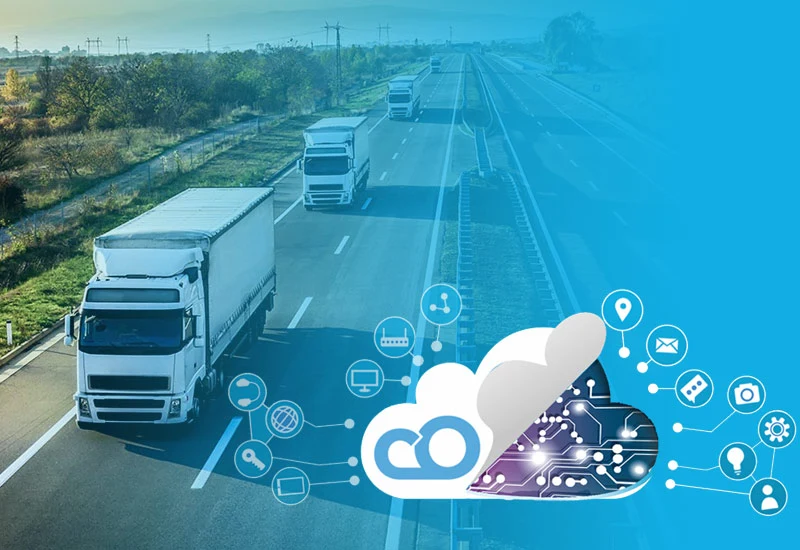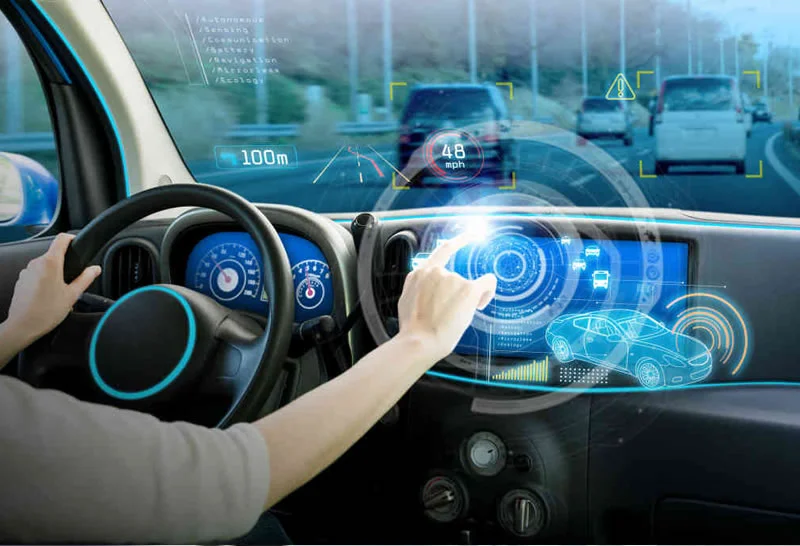By 2025, the smart waste market is expected to grow to 223.6 million with a CAGR of 17.3 percent. Waste management is one more field where implementation of IoT can help. Nowadays, municipal governments are using this technology to keep cities clean. Smart Waste Management System aims to address environmental issues associated with inefficient waste management and also reduce operational costs related with waste management.
The main challenge of waste management
Recycling and other methods of handling waste such as commercial composting and waste-to-energy systems have been growing in popularity since from 1970s, hence the maximum quality of waste is still ends up in a landfill. Municipal governments often don’t deal with waste management as effectively as they could.
In most cities, a waste management service provider follows a set of predetermined route to empty the street trash bins. Bins will be emptied whether they are full or not, which leads to wasting fuel and other resources.
These inefficiency presents a major challenge for waste management. Some bins may be empty most of the time, while others are packed to overflowing.
IoT Applications in Waste Management
The most common IoT application in waste management operations is automated route optimization of garbage pickup trucks. Sensor-enabled and internet-connected garbage bins can collect information on fill level, location, temperature and etc.
With a user interface finding the locations and fill levels of all bins, waste collectors can get an automated route planned for them that has prioritized areas in urgent need of clean-up and avoided disposal units that still have room. This effective solution reduces waste collection frequency dramatically, enabling you to save on fuels, labor and fleet maintenance costs. It has been seen that the solution has reduced the operational cost of municipalities up to 80%.
Future of IoT Applications in Waste Management
Ultimate goal of IoT applications in waste management is producing leaner operations as well as delivering higher quality services to the country. A growing collection of interlinked autonomous systems are managing everyday urban operations and improving both citizen experiences and our carbon footprint.
Manufacturers who think beyond the use of sensors can consider implementing IoT with which they can build smarter applications as per the business need.
Contact us for a demo, or visit Trinetra Tsense website, just leave us an enquiry and we’ll get in touch

